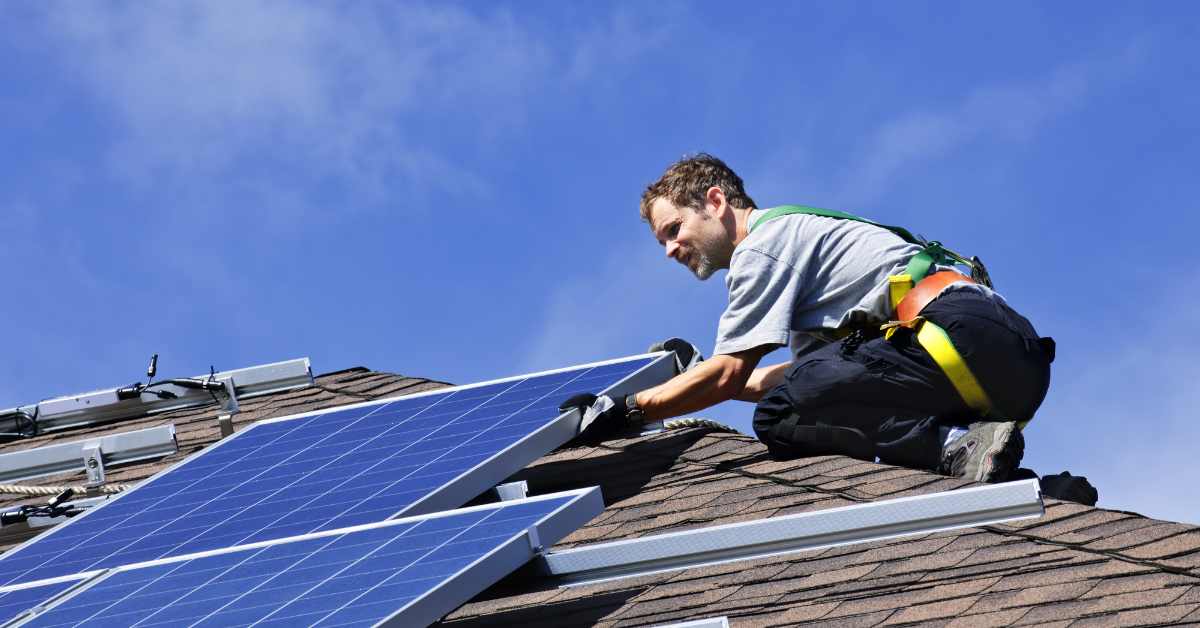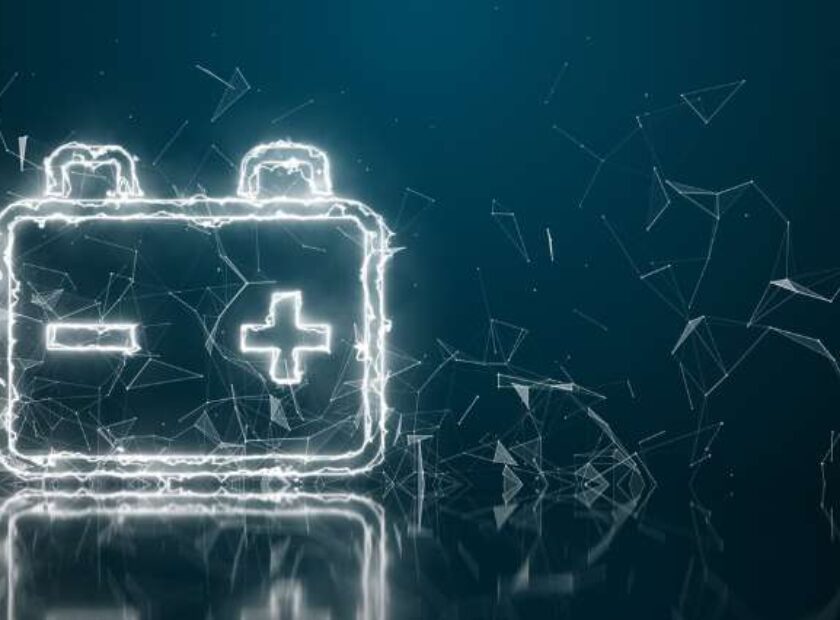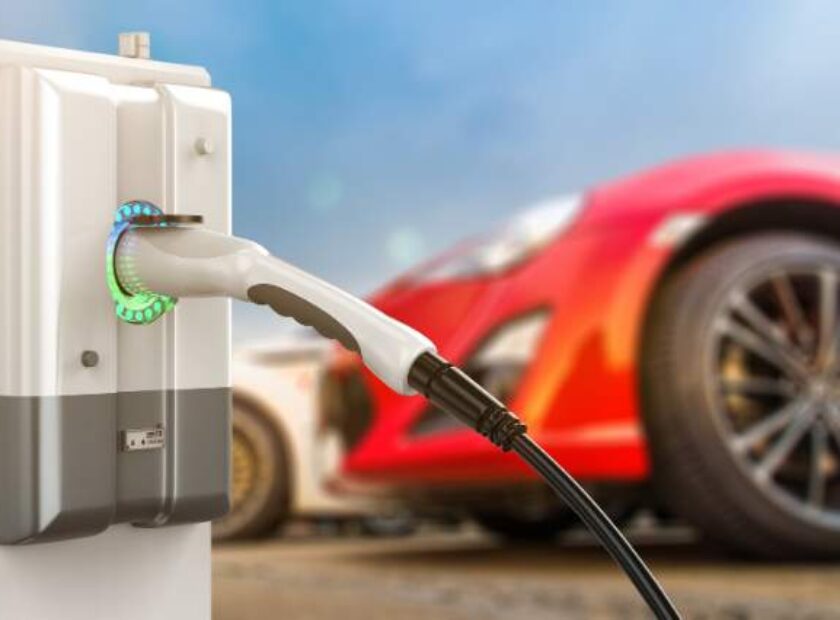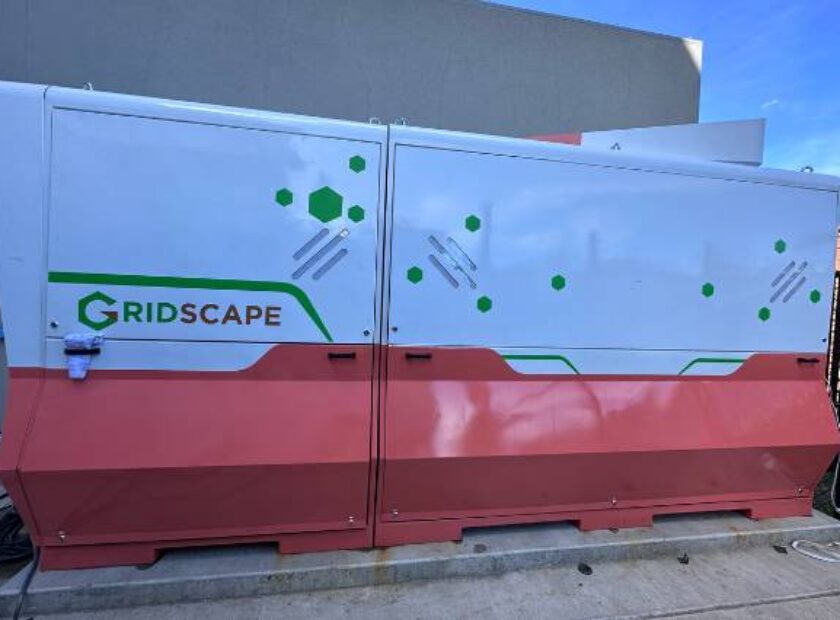Stabilizing the unstable: Local renewable power plants are the answer to the ever-growing energy crisis.

The need for energy security is pretty evident now. The world is going through a major energy crisis. The war has exposed our vulnerabilities and shown us our unpreparedness.
Back here at home in the United States, things are not looking promising either. Did you know the US suffers more power outages than any other developed nation?
According to PowerOutage.US, power outages jumped to 73% in 2020 due to extreme weather events.
This power crisis is costing American businesses as much as $150 billion each year, which is roughly $500 for every person. The main reason for the frequent blackout is the aging grid infrastructure and poor planning.
Right now the world is experiencing a lot, on one hand environmental, political, economic & other pressures are prompting efforts to minimize fossil fuel consumption. And on the other, energy needs are skyrocketing.
Grids are under a lot of stress and they are failing every day; this is leaving a gap in the electricity supply that is being filled by sustainable energy.
Renewable energy is no longer an implausible idea but it is in fact the future of the electric grid. Local sustainable energy can provide a source of reliable backup power should the main grid go down.
Understanding the local sustainable power plant
A local renewable power plant, also known as a microgrid, is a self-contained, localized power system that can disconnect from the main grid to function autonomously. A microgrid supplies electricity to a specific geographic area, such as a college campus, factory, shopping mall, or even a community. Since microgrids can operate independently, they help with faster response and recovery.
One or more types of distributed energy (solar panels, wind turbines, cogeneration, generators) are used to generate electricity within microgrids.
Although the name has the word ‘micro’ in it, it doesn’t really mean this system is small and insignificant. A microgrid has no limit, the size of a microgrid is decided on the basis of project requirements, space, and budget. A microgrid has the ability to power an entire campus or a major factory for several hours in the event of power disruptions. Typically, microgrid components are local power generation, energy storage, inverters, MG controller, software, and other power electronics that will allow a site to be islanded from the grid in case of a power shutdown.
Microgrids are a great answer for continuity in times of blackout or power disruptions as they can island off from the larger power grid during times of incidents, and maintain supply with self-sufficiency.
Microgrids are essential for maintaining grid resilience, reducing and mitigating grid disturbances, and even being a key to faster response and recovery for grid disruptions. The growing integration of distributed energy resource deployments, in terms of renewables like solar, adds flexibility and efficiency to microgrids. Additionally, using local energy resources for meeting local loads can be cost-efficient and reduce energy losses in transmission and distribution, in turn improving the overall efficiency of the electric delivery system.
We must not underestimate the power of a local sustainable power plant, Gridscape has worked on many projects with cities and campuses and has made them energy-independent.






